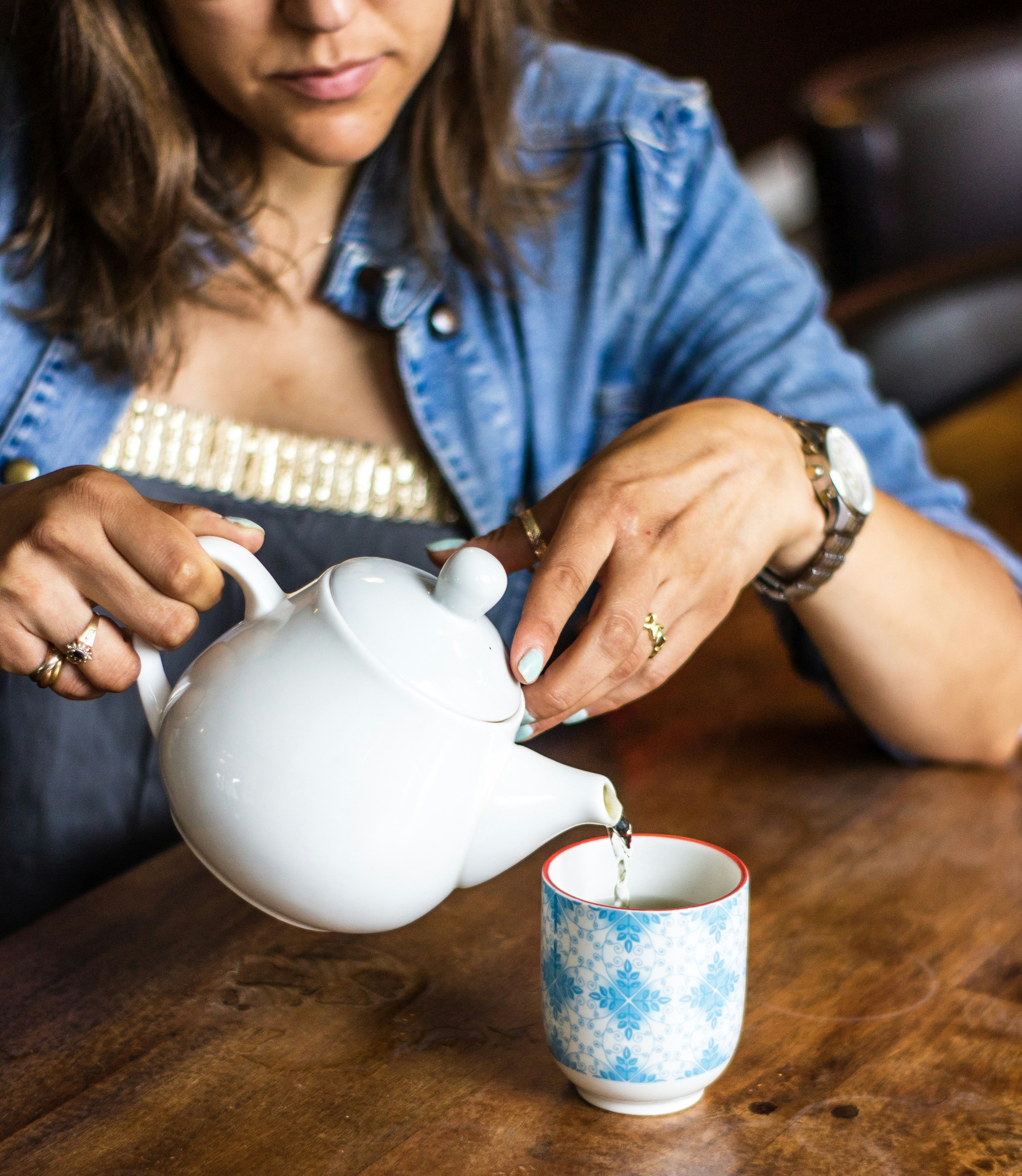Welcome to an exciting new way to enhance your recovery after tough workouts – cold plunges! By immersing yourself in cold water, you can reduce inflammation, improve circulation, and speed up muscle recovery. In this article, you will learn all about the benefits of cold plunges and how to incorporate them into your post-workout routine for maximum results. Get ready to feel refreshed and revitalized after each session in the cold plunge!
How To Boost Recovery With Cold Plunges
Have you been looking for a way to speed up your recovery process after a tough workout or a long day at work? Cold plunges might just be the answer you’ve been searching for. In this article, we’ll explore the benefits of cold plunges for recovery and guide you through how to incorporate them into your routine effectively. Get ready to supercharge your recovery with the power of cold plunges!
Understanding Cold Plunges
Cold plunges, also known as cold water immersion, involve immersing your body in cold water for a short period of time. This practice has been used for centuries in various cultures for its therapeutic benefits. Cold plunges can be done in ice baths, cold tubs, or natural bodies of cold water like rivers or lakes.
Picture this: after a grueling workout, you step into a tub filled with icy cold water up to your neck. The cold water immediately sends a shock through your body, but as you stay in the plunge, you start to feel invigorated and refreshed. That’s the power of cold plunges at work.
The Benefits of Cold Plunges for Recovery
Cold plunges offer a wide range of benefits for recovery, both physically and mentally. Here are some of the key advantages of incorporating cold plunges into your routine:
- Reduces Muscle Inflammation: Cold water immersion has been shown to reduce muscle inflammation, which can speed up recovery after intense exercise.
- Decreases Muscle Soreness: Cold plunges can help alleviate muscle soreness by constricting blood vessels and reducing swelling in the muscles.
- Improves Circulation: The cold water in a plunge causes blood vessels to constrict, which can help improve circulation and promote quicker recovery.
- Enhances Mental Clarity: Cold plunges have been found to boost mental clarity and alertness, helping you feel more focused and energized.
- Boosts Immune Function: Cold water immersion has been linked to improved immune function, which can help your body ward off illness and stay healthy.
By incorporating cold plunges into your recovery routine, you can experience these benefits and more, helping you bounce back faster and perform at your best.
How To Incorporate Cold Plunges Into Your Routine
Now that you know about the benefits of cold plunges, you might be wondering how to incorporate them into your recovery routine. Here are some tips to help you get started:
- Start Slow: If you’re new to cold plunges, start with shorter durations in the cold water and gradually increase the time as you become more comfortable.
- Stay Hydrated: Drink plenty of water before and after your cold plunge to stay hydrated and support your body’s recovery process.
- Include Warm-Up: Before taking a cold plunge, consider warming up your body with some light exercise or stretching to prepare your muscles.
- Gradual Temperature Drops: If you’re using an ice bath, gradually add ice to the water to cool it down to your desired temperature.
- Focus on Breathing: While in the cold water, focus on slow, deep breathing to help your body relax and adapt to the temperature.
By following these tips, you can safely and effectively incorporate cold plunges into your recovery routine and maximize the benefits they offer.
Cold Plunges vs. Hot Baths: What’s the Difference?
You might be wondering how cold plunges differ from hot baths when it comes to recovery. While both practices have their own benefits, they work in different ways to promote recovery. Here’s a breakdown of the key differences between cold plunges and hot baths:
- Cold Plunges: Cold water immersion constricts blood vessels, reduces inflammation, and boosts circulation, making it ideal for post-workout recovery and muscle repair.
- Hot Baths: Hot water relaxes muscles, improves flexibility, and promotes relaxation, making it a great option for stress relief and overall wellness.
Depending on your goals and preferences, you can choose to incorporate both cold plunges and hot baths into your recovery routine for a well-rounded approach to recovery and relaxation.
Tips for Maximizing the Benefits of Cold Plunges
To get the most out of your cold plunges and supercharge your recovery process, consider the following tips:
- Ice Massage: After a cold plunge, use ice packs or massage tools to target specific areas of soreness or inflammation for added relief.
- Contrast Therapy: Alternate between cold plunges and hot baths for a contrast therapy approach that can enhance circulation and recovery.
- Post-Plunge Nutrition: After a cold plunge, refuel your body with a balanced meal or snack that includes protein and carbohydrates to support muscle recovery.
- Consistency is Key: Incorporate cold plunges into your routine on a regular basis to experience the cumulative benefits over time and maintain your recovery progress.
By implementing these tips into your cold plunge routine, you can maximize the benefits and accelerate your recovery process effectively.
Common Misconceptions About Cold Plunges
Despite the numerous benefits of cold plunges, there are some common misconceptions surrounding this practice. Let’s debunk a few of these myths to help you better understand the truth about cold water immersion:
- Myth: Cold Plunges Are Painful and Uncomfortable: While the initial shock of cold water can be intense, many people find that they adapt quickly and even enjoy the invigorating sensation of a cold plunge.
- Myth: Cold Plunges Are Only for Athletes: While athletes can certainly benefit from cold water immersion, anyone looking to enhance their recovery, reduce muscle soreness, and improve overall well-being can incorporate cold plunges into their routine.
- Myth: Cold Plunges Are Harmful: When done correctly and safely, cold plunges are a beneficial recovery tool that can support your body’s natural healing processes and promote overall health.
By dispelling these misconceptions, you can feel more confident about incorporating cold plunges into your routine and reaping the rewards they offer.
Safety Precautions for Cold Plunges
Before you dive into the world of cold plunges, it’s important to keep safety in mind to ensure a positive and effective experience. Here are some safety precautions to consider when incorporating cold plunges into your routine:
- Consult a Healthcare Professional: If you have any underlying health conditions or concerns, consult with a healthcare professional before starting a cold plunge routine.
- Monitor Your Body: Pay attention to how your body responds to cold plunges, and listen to any signals of discomfort or distress.
- Avoid Overexposure: Limit the duration of your cold plunges to prevent overexposure to cold water, which can lead to negative effects on your body.
- Gradual Progression: Increase the duration and intensity of your cold plunges gradually over time to allow your body to adapt and avoid potential risks.
- Know When to Stop: If you experience prolonged discomfort, dizziness, or any other unusual symptoms during a cold plunge, don’t hesitate to exit the water and seek medical assistance if needed.
By following these safety precautions and listening to your body, you can enjoy the benefits of cold plunges while keeping your well-being a top priority.
Creating Your Cold Plunge Routine
Now that you have a good understanding of cold plunges and how they can benefit your recovery process, it’s time to create your own cold plunge routine. Here’s a sample template to help you get started:
Day 1:
- Duration: 3 minutes
- Water Temperature: 55°F
Day 2:
- Duration: 4 minutes
- Water Temperature: 50°F
Day 3:
- Duration: 5 minutes
- Water Temperature: 45°F
Day 4:
- Duration: 5 minutes
- Water Temperature: 42°F
Day 5:
- Duration: 6 minutes
- Water Temperature: 40°F
Feel free to adjust the duration and temperature of your cold plunges based on your comfort level and goals. Consistency is key, so aim to incorporate cold plunges into your routine on a regular basis to experience the full benefits over time.

Conclusion
Incorporating cold plunges into your recovery routine can be a game-changer when it comes to accelerating recovery, reducing muscle soreness, and promoting overall well-being. By understanding the benefits of cold plunges, learning how to safely incorporate them into your routine, and dispelling common misconceptions, you can make the most of this powerful recovery tool.
Are you ready to take the plunge and experience the transformative effects of cold water immersion on your recovery journey? Start with small steps, stay consistent, and listen to your body along the way. Before you know it, you’ll be reaping the rewards of cold plunges and feeling rejuvenated, refreshed, and ready to tackle whatever challenges come your way. Get ready to boost your recovery with the invigorating power of cold plunges!




